‘London Estates’ surveys the architecture and influence of the capital’s council-built homes
‘London Estates: Modernist Council Housing 1946-1981’, a new book by FUEL, is the perfect place to start for inspiration on how architecture can improve every sector of society

London Estates, although it is presented with FUEL’s characteristically elegant and fine design, is a deeply political book. Author and photographer Thaddeus Zupančič isn’t claiming to make a comprehensive study of every example of the capital’s extensive post-war, modernist architecture housing, but in seeking out the best, the blighted and the occasionally overlooked, he has assembled an important record.

Hartropp Point, Aintree Estate, Fulham, 1968-70 (demolished), from London Estates
London Estates: a deep dive into modernist council housing history
Subtitled ‘Modernist Council Housing 1946-1981’, the book captures a lost era, one in which the combination of political will, budgets and architectural talent – often via in-house design departments – came together to build some of the best-quality housing the country had ever seen.

Sulkin House (1958) and Keeling House (1959), by Fry, Drew, Drake and Lasdun, from London Estates
It wasn’t all brilliant, of course – and some of the featured buildings here have since been demolished. For a time, however, council housing existed outside of the vagaries of the property market and the wild west of private rentals. Some estates descended into notoriety as they came to symbolise broader social problems, whereas others have retained their initial lustre right up to the present day. Whatever the result, the capital had never had such a comprehensive programme of social housing. Now, when need is higher than ever before, even the very best of these estates look unlikely to be replicated.

Trellick Tower, Cheltenham Estate, by Ernő Goldfinger for the GLC (1972), from London Estates
There are 275 projects catalogued in the book, from the familiar and feted to lesser-known but no less significant estates that have largely kept out of the public eye. High-rise, low-rise, brutalist, brick, system-built, monumental and mega-structural, they’re all here.
Zupančič has largely captured each scheme at its best, and it quickly becomes obvious that ongoing maintenance and a scrupulously well-kept public realm is one of the keys to long-term success.
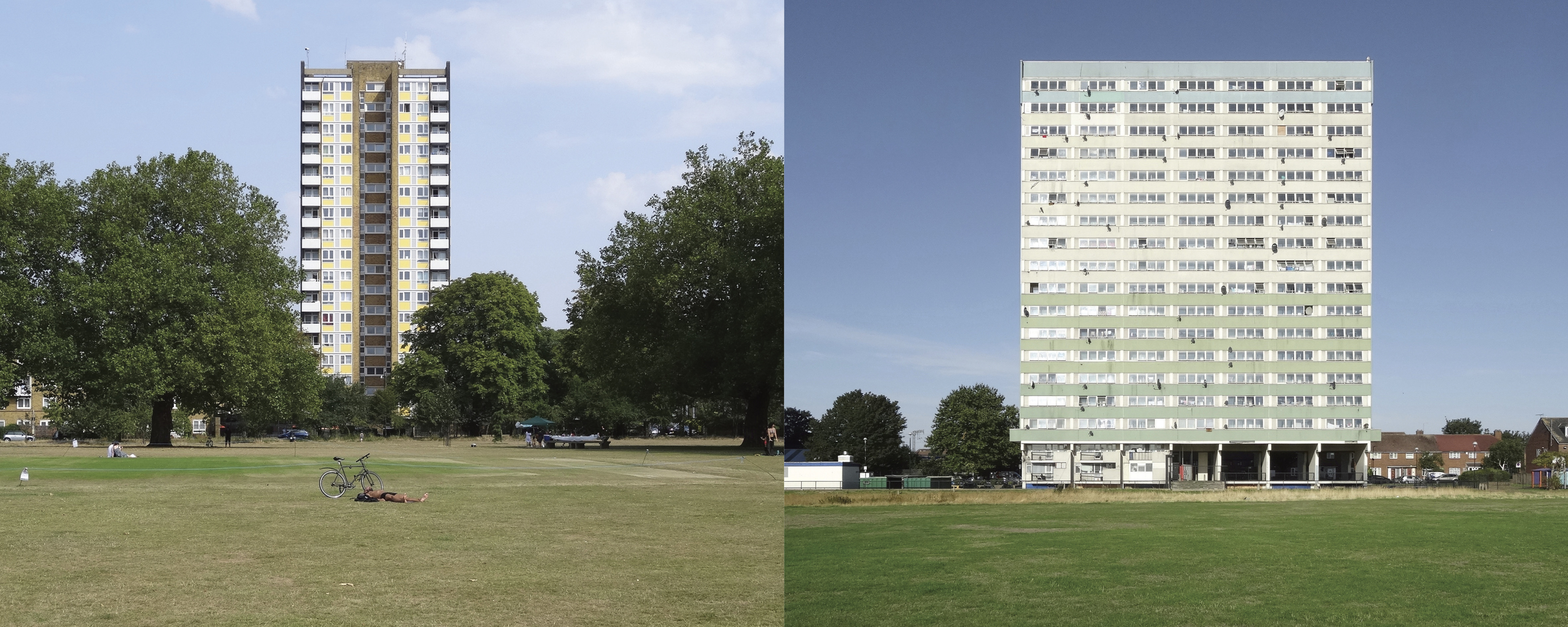
Wayman Court, E8, by Co-Operative Planning (1964), and Fred Wigg Tower, E11, from Leyton Engineer and Surveyor's Department (1965), from London Estates
Featured are familiar works by well-known architects including Denys Lasdun, Ernő Goldfinger, Chamberlin, Powell & Bon, and Basil Spence, but also lesser-known projects, like Kate Macintosh’s Dawson’s Heights, and many works by borough architects from around the city.
The book is dedicated to the late architectural historian Elain Harwood, one of the people responsible for increasing the heritage recognition of many of these schemes, helping recast council housing in a more positive light for a new generation that needs it more than ever before.
Receive our daily digest of inspiration, escapism and design stories from around the world direct to your inbox.

London Estates: Modernist Council Housing 1946–1981, Thaddeus Zupančič, FUEL, released 15 March 2024 and available to pre-order now
London Estates: Modernist Council Housing 1946–1981, by Thaddeus Zupančič, £26.95, FUEL, Fuel-Design.com
Also available to buy from Waterstones and Amazon
Jonathan Bell has written for Wallpaper* magazine since 1999, covering everything from architecture and transport design to books, tech and graphic design. He is now the magazine’s Transport and Technology Editor. Jonathan has written and edited 15 books, including Concept Car Design, 21st Century House, and The New Modern House. He is also the host of Wallpaper’s first podcast.
-
 This cult Los Angeles pop-up restaurant now has a permanent address
This cult Los Angeles pop-up restaurant now has a permanent addressChef Brian Baik’s Corridor 109 makes its permanent debut in Melrose Hill. No surprise, it's now one of the hardest tables in town to book
-
 French bistro restaurant Maset channels the ease of the Mediterranean in London
French bistro restaurant Maset channels the ease of the Mediterranean in LondonThis Marylebone restaurant is shaped by the coastal flavours, materials and rhythms of southern France
-
 How ethical is Google Street View, asks Jon Rafman in Copenhagen
How ethical is Google Street View, asks Jon Rafman in CopenhagenIn 'Report a Concern - the Nine Eyes Archives' at Louisiana Museum of Art, Copenhagen, Jon Rafman considers technology's existential implications
-
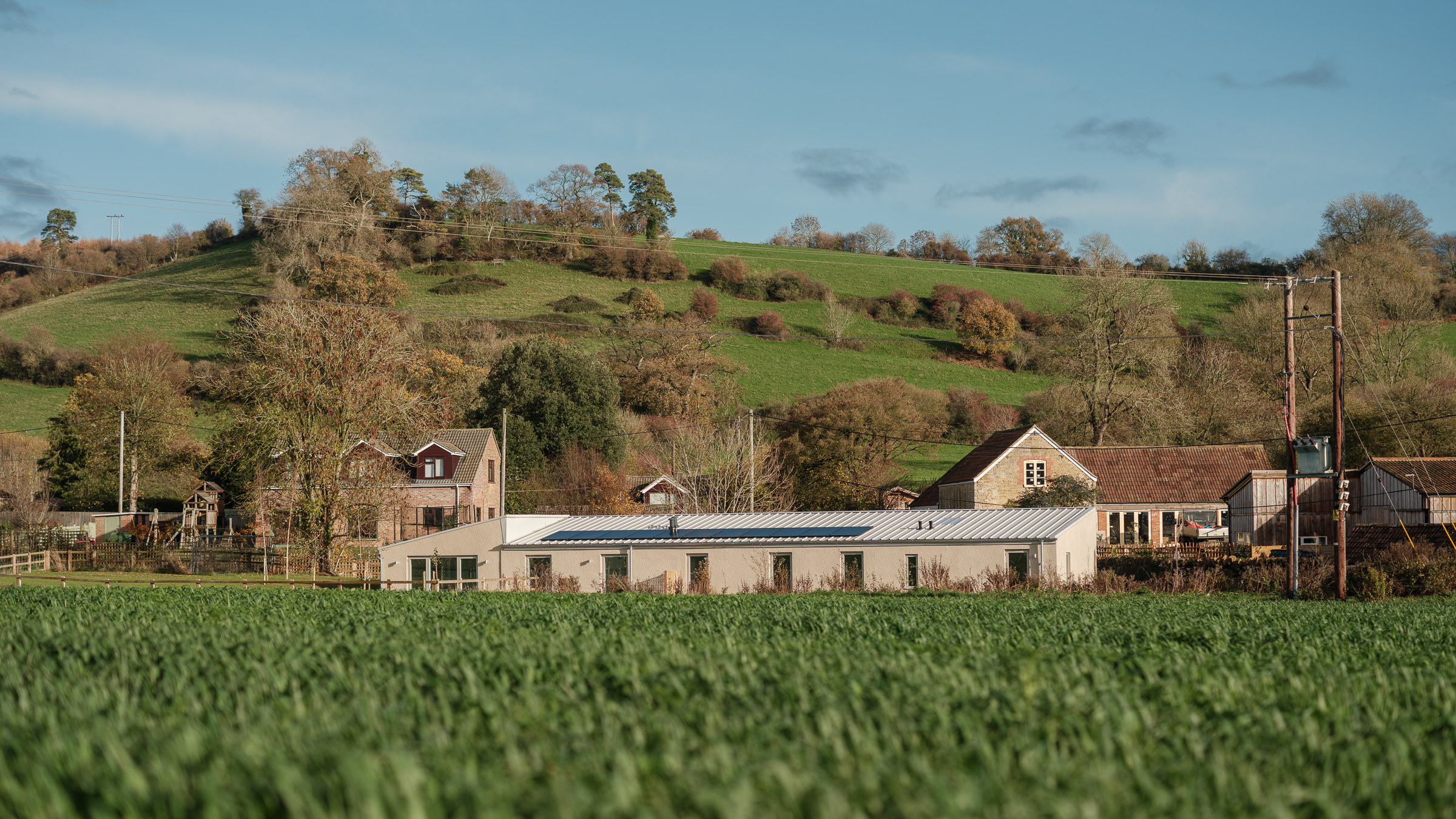 A former agricultural building is transformed into a minimal rural home by Bindloss Dawes
A former agricultural building is transformed into a minimal rural home by Bindloss DawesZero-carbon design meets adaptive re-use in the Tractor Shed, a stripped-back house in a country village by Somerset architects Bindloss Dawes
-
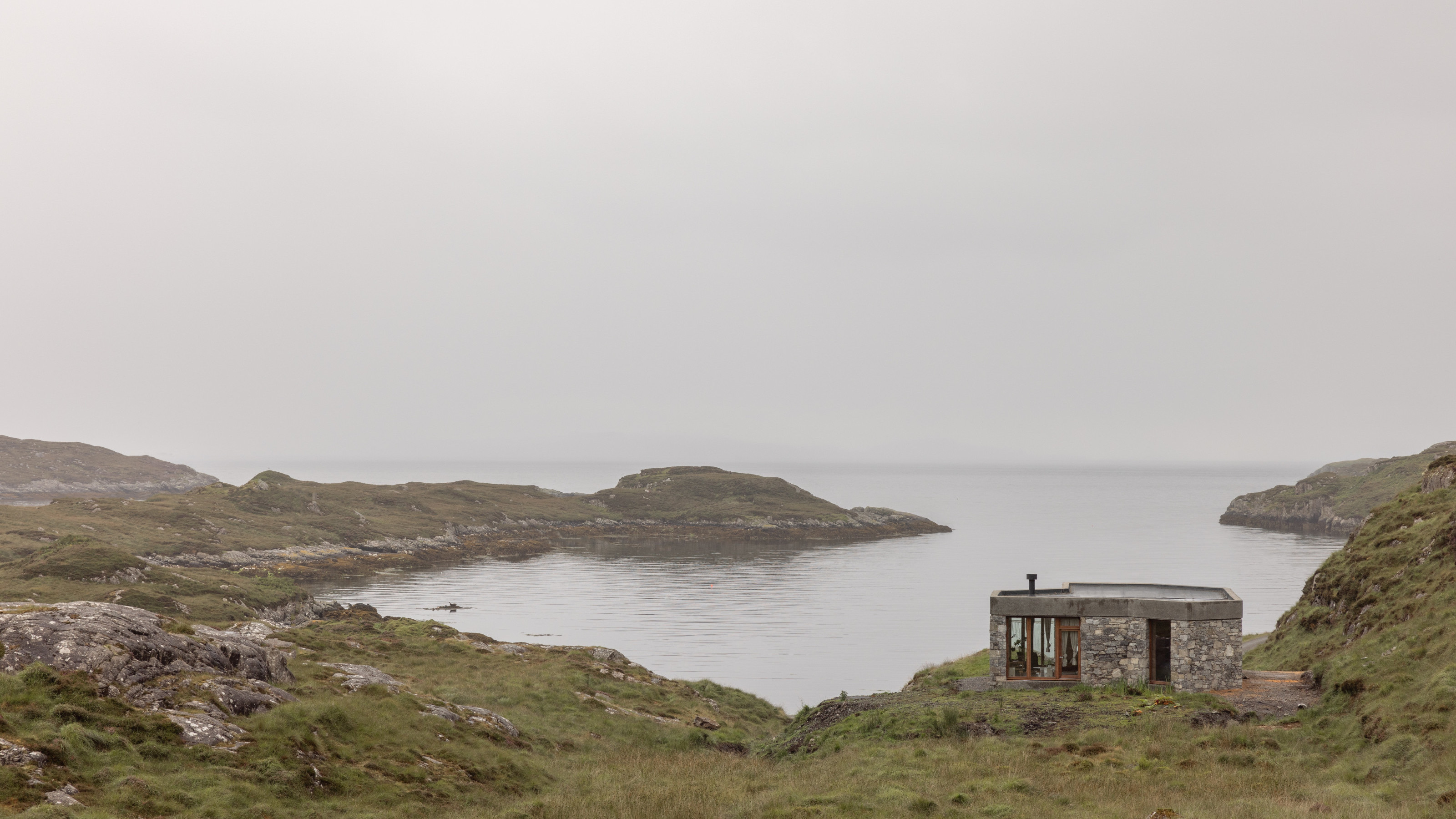 RIBA House of the Year 2025 is a ‘rare mixture of sensitivity and boldness’
RIBA House of the Year 2025 is a ‘rare mixture of sensitivity and boldness’Topping the list of seven shortlisted homes, Izat Arundell’s Hebridean self-build – named Caochan na Creige – is announced as the RIBA House of the Year 2025
-
 In addition to brutalist buildings, Alison Smithson designed some of the most creative Christmas cards we've seen
In addition to brutalist buildings, Alison Smithson designed some of the most creative Christmas cards we've seenThe architect’s collection of season’s greetings is on show at the Roca London Gallery, just in time for the holidays
-
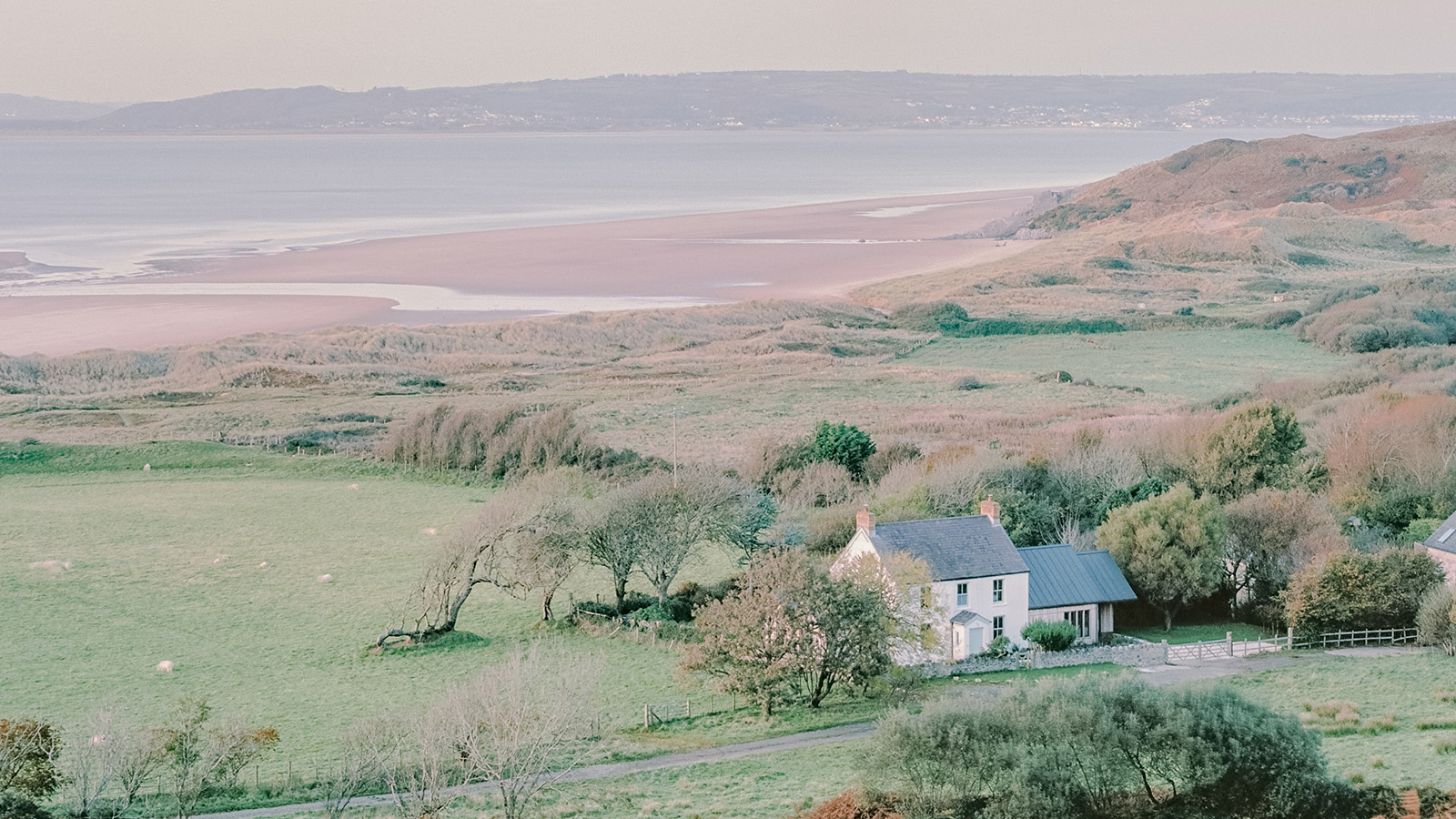 In South Wales, a remote coastal farmhouse flaunts its modern revamp, primed for hosting
In South Wales, a remote coastal farmhouse flaunts its modern revamp, primed for hostingA farmhouse perched on the Gower Peninsula, Delfyd Farm reveals its ground-floor refresh by architecture studio Rural Office, which created a cosy home with breathtaking views
-
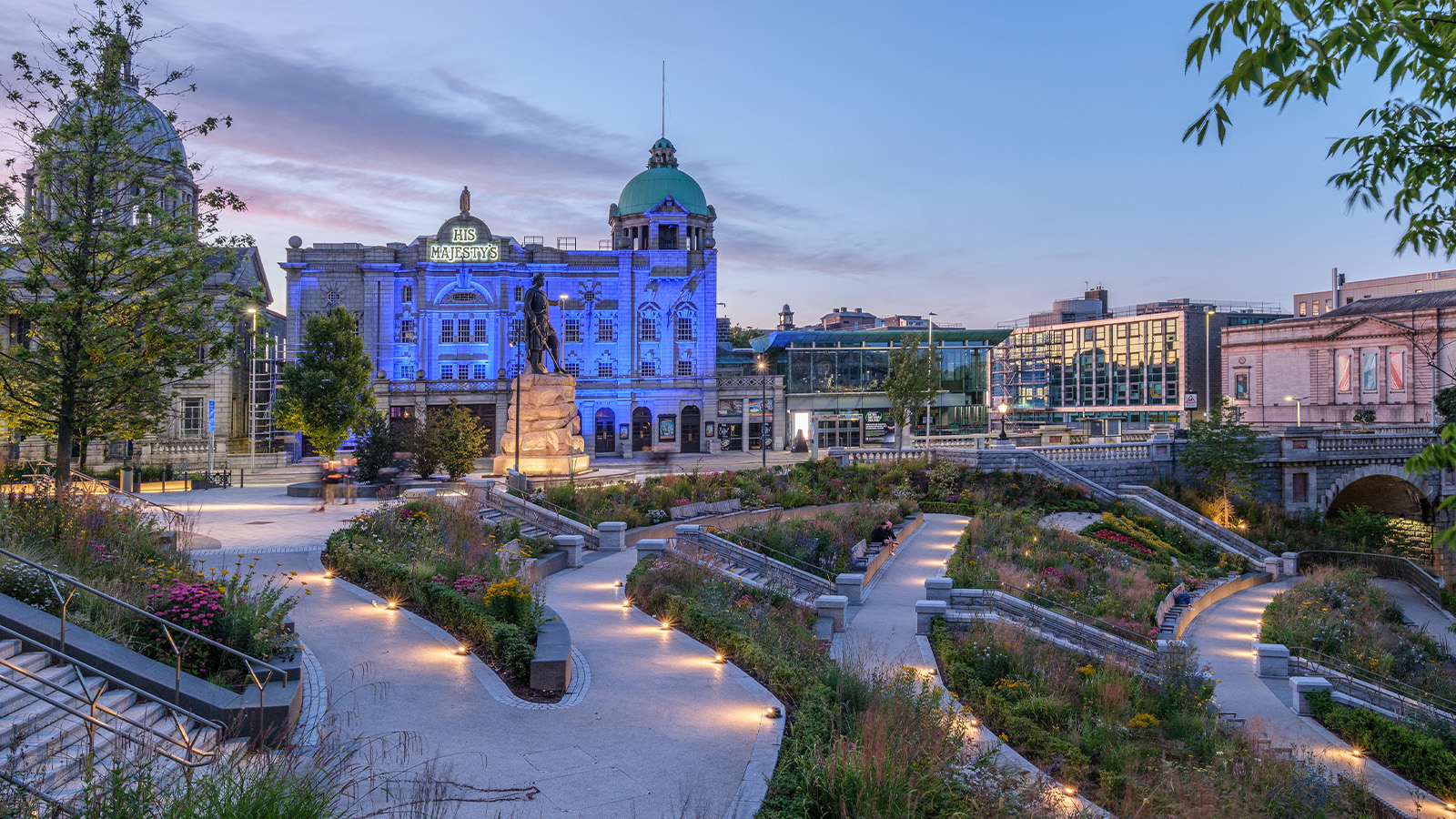 A revived public space in Aberdeen is named Scotland’s building of the year
A revived public space in Aberdeen is named Scotland’s building of the yearAberdeen's Union Terrace Gardens by Stallan-Brand Architecture + Design and LDA Design wins the 2025 Andrew Doolan Best Building in Scotland Award
-
 The Architecture Edit: Wallpaper’s houses of the month
The Architecture Edit: Wallpaper’s houses of the monthFrom wineries-turned-music studios to fire-resistant holiday homes, these are the properties that have most impressed the Wallpaper* editors this month
-
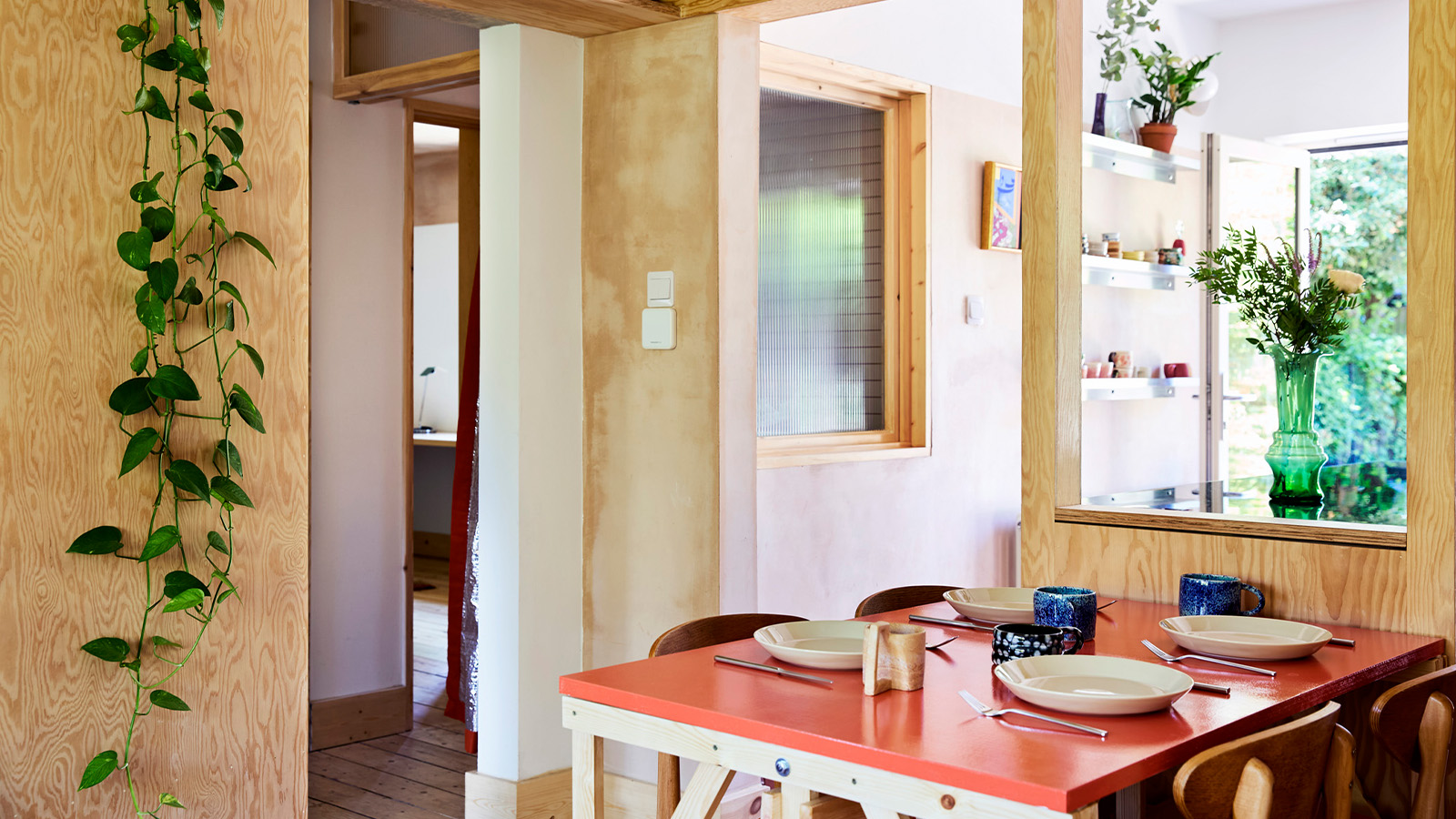 A refreshed 1950s apartment in East London allows for moments of discovery
A refreshed 1950s apartment in East London allows for moments of discoveryWith this 1950s apartment redesign, London-based architects Studio Naama wanted to create a residence which reflects the fun and individual nature of the clients
-
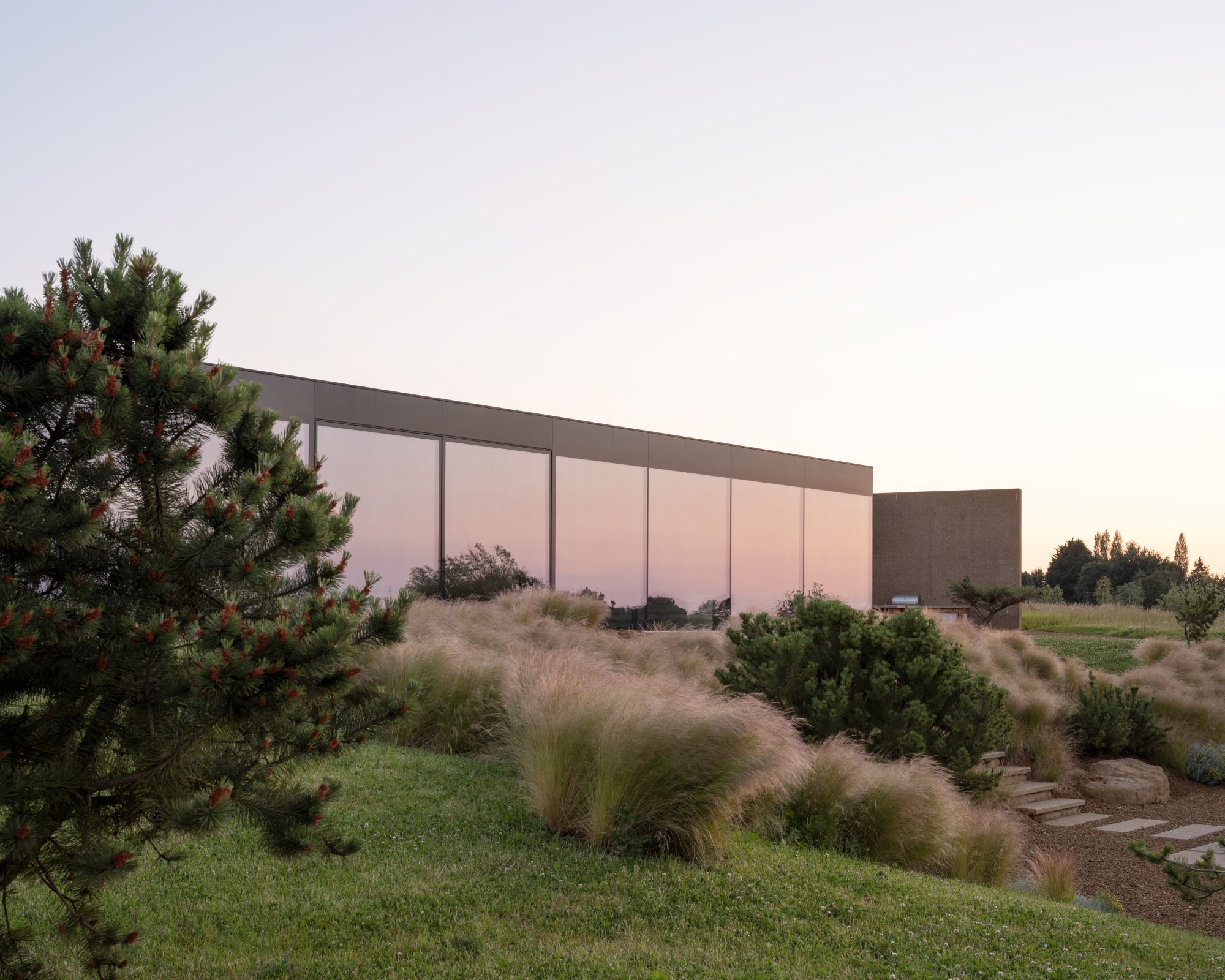 In this Cotswolds home, drama meets minimalism
In this Cotswolds home, drama meets minimalismCotswolds home Hiaven house, with interiors designed by McLaren Excell, is a perfect blend of contemporary chic and calm, countryside drama